Family Gentianaceae Higher classification Gentianaceae | Order Gentianales Scientific name Gentiana Rank Genus | |
 | ||
Lower classifications Gentiana lutea, Gentiana scabra, Gentiana verna, Gentiana acaulis, Gentiana asclepiadea | ||
307 b kk mountain cross leaved gentian plant gentiana cruciata t rnics
Gentiana /ˌdʒɛntʃiˈeɪnə/ is a genus of flowering plants belonging to the gentian family (Gentianaceae), the tribe Gentianeae, and the monophyletic subtribe Gentianinae. With about 400 species it is considered a large genus. They are notable for their mostly large, trumpet-shaped flowers, which are often of an intense blue.
Contents
- 307 b kk mountain cross leaved gentian plant gentiana cruciata t rnics
- Klokjesgentiaan gentiana pneumonanthe marsh gentian
- Habitat
- Uses
- Pharmacological uses
- Symbolism
- General
- References

The genus name is a tribute to Gentius, an Illyrian king who may have been the discoverer of tonic properties in gentians.
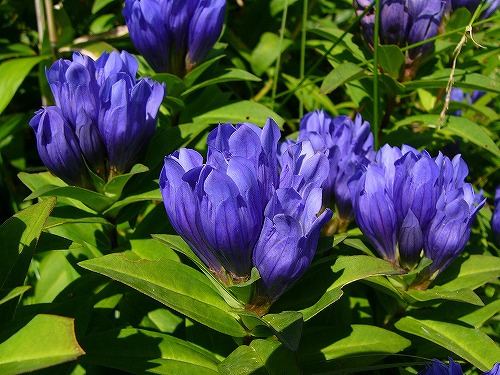
Klokjesgentiaan gentiana pneumonanthe marsh gentian
Habitat
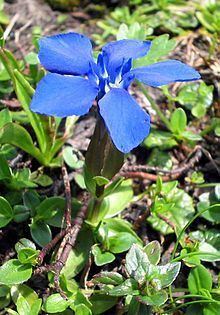
This is a cosmopolitan genus, occurring in alpine habitats in temperate regions of Asia, Europe and the Americas. Some species also occur in northwestern Africa, eastern Australia, and New Zealand. They are annual, biennial, and perennial plants. Some are evergreen, others are not.
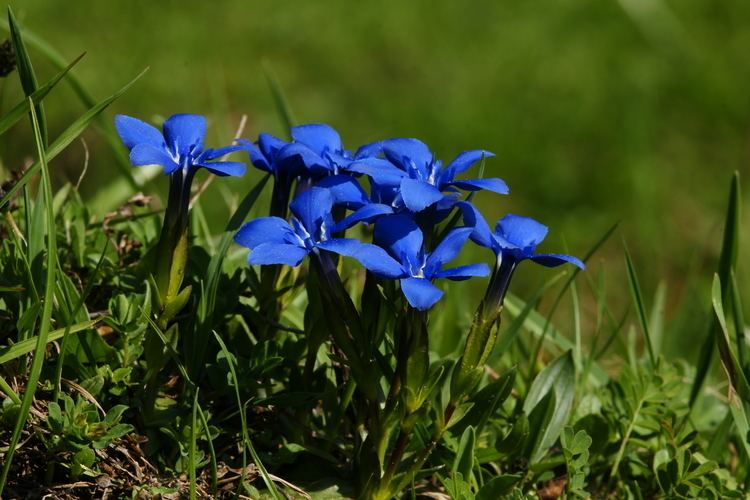
Many gentians are difficult to grow outside their wild habitat, but several species are available in cultivation. Gentians are fully hardy and can grow in full sun or partial shade. They grow in well-drained, neutral to acid soils rich in humus. They are popular in rock gardens.
Uses
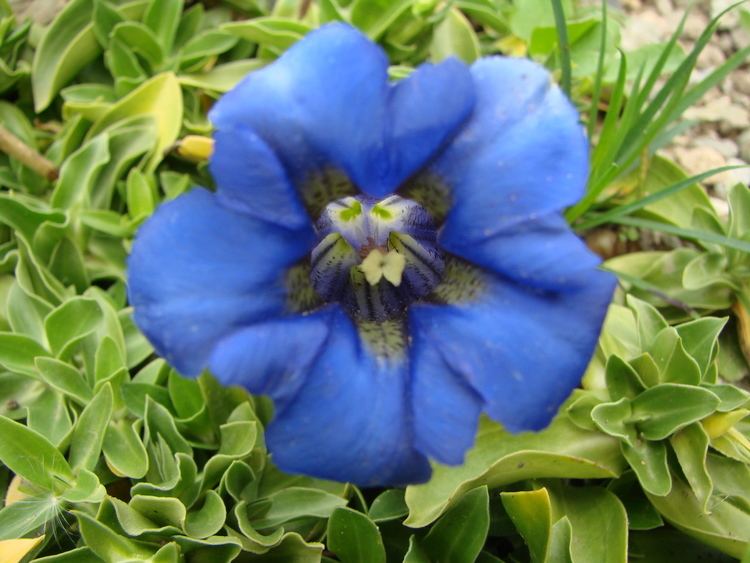
Many beverages are made with gentian root. It is used to produce gentian, a distilled beverage produced in the Alps. Some species are harvested for the manufacture of apéritifs, liqueurs, and tonics.
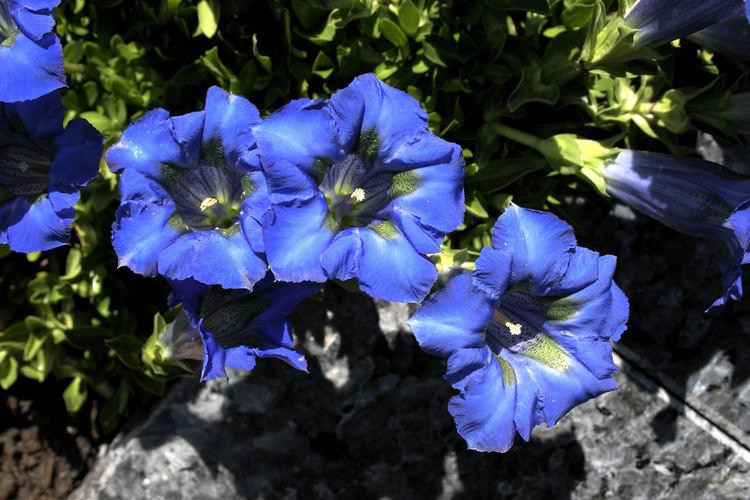
Gentian root is a common beverage flavouring for bitters. The soft drink Moxie contains gentian root. The French liqueur Suze is made with gentian. Americano apéritifs contain gentian root for bitter flavoring. It is an ingredient in the Italian liqueur Aperol. It is also used as the main flavor in the German after-dinner digestif called Underberg, and the main ingredient in Angostura bitters.
Pharmacological uses
Gentian is used in herbal medicine to treat digestive problems, fever, hypertension, muscle spasms, parasitic worms, wounds, cancer, sinusitis, and malaria, although studies have shown no efficacy beyond that of a placebo.
Gentiana punctata leaves and roots have been used in the traditional Austrian medicine internally and externally as liqueur or tea for treatment of disorders of the gastrointestinal tract, skin, locomotor system, liver and bile, for paediatric problems, fever, flu, rheumatism and gout.
Symbolism
The Gentian flower was used as the emblem of the Minamoto clan, one of the four great clans that dominated Japanese politics during the Heian period and went on to establish the very first Shogunate in the aftermath of the Genpei War.
General
Gentians have oppositely arranged leaves, sometimes in a basal rosette. The trumpet-shaped flowers are usually deep blue or azure, but can be white, cream, yellow, or red. Many species are polymorphic with respect to flower color, bearing flowers of different colors. Blue-flowered species predominate in the Northern Hemisphere, with red-flowered species dominant in the Andes, where bird pollination is probably more often favored by natural selection. White-flowered species are scattered throughout the range of the genus but dominate in New Zealand. Most flowers are pentamerous, with 5 lobes in the corolla and 5 sepals. A few species have 4 to 7 flower parts. The corolla has folds called plicae between the lobes. The style is short or absent. The ovary is mostly sessile and has nectary glands.
